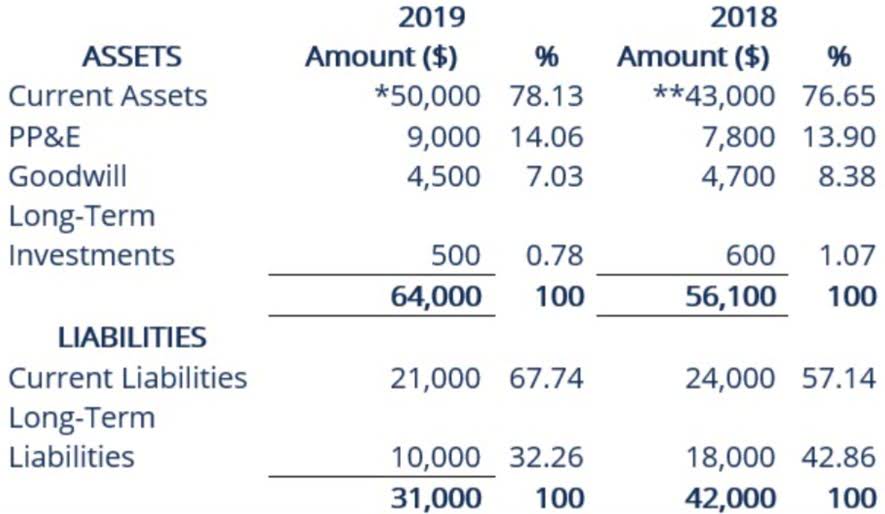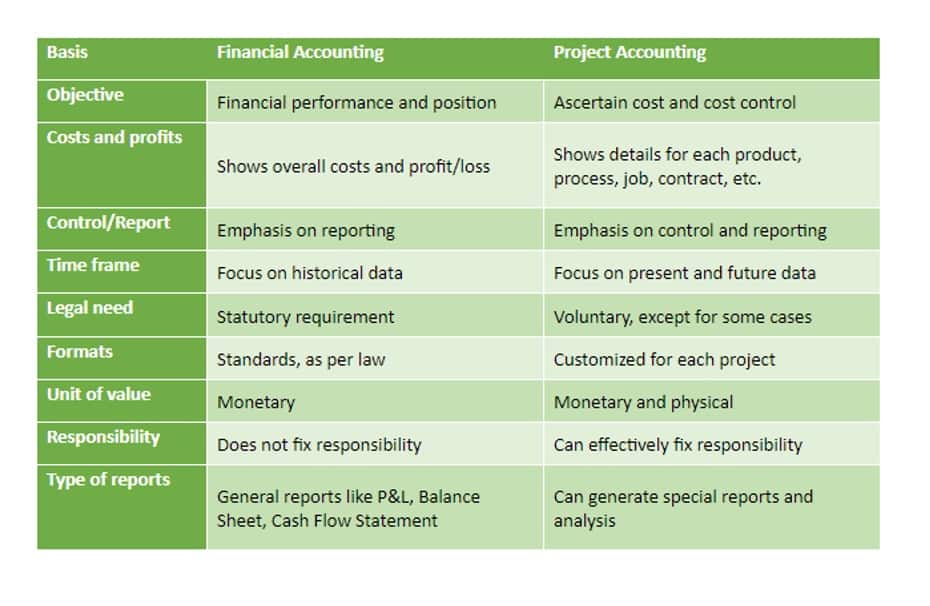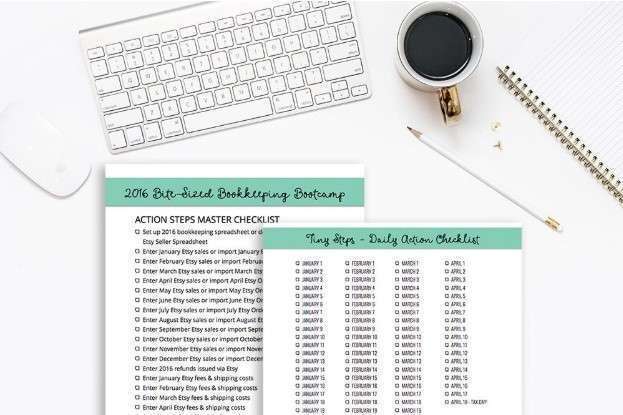We can differentiate annuities even further based on whether they are deferred or immediate annuities. This type of annuity operates as a pension plan and is designed for people who are already retired and are looking for a guaranteed retirement income. The present value of an annuity represents the current worth of all future payments from the annuity, considering the annuity’s rate of return or discount rate. To clarify, the present value of an annuity is the amount you’d have to put into an annuity now to get a specific amount of money in the future.
Step-by-Step: How to Use a Present Value Table
Such a retirement calculator equips you to arrive at the current value of the promised future annuity payments, based on the time value of money and some inputs from your end. The present value of annuity formula takes into account the rate of return or discount rate which is not the interest rate, but the time value of money. To get clarity on the concept, it’s crucial to understand the relationship between interest rates and the time value of money, based on their definitions. Going by the rule of economics, the value of money depreciates with time.
Investment Solutions
‘P’ represents the present value of annuity, and ‘PMT’ represents the dollar amount in each annuity payment. ‘r’ is the discount or interest rate, and ‘n’ is the number of payments still to be received. We at HDFC Life are committed to offer innovative products and services that enable individuals live a ‘Life of Pride’. For over two decades we have been providing life insurance plans – protection, pension, savings, investment, annuity and health. Since the present value of the annuity is more than Rs 6 lakh, here the annuity option will be more profitable than the lump sum payment.
AccountingTools
The present value of an annuity is typically calculated when retirement planning or estate planning. present value of an ordinary annuity table It is important to note that, in this formula, the interest rate must remain the same through the series, and payment amounts must be equally distributed. If the amount distributed by the annuity changes or if the interest rate increases or decreases, then this formula would not apply.
Let’s say you want to buy an immediate annuity and get a payment of $10,000 per year for 10 years. The annuity has a 4% interest rate and annual payments start the next calendar year. You get the same payout in year one as in year ten, but by that time, the $10,000 payment is worth slightly less than in today’s dollars. After it matures, an annuity contract can pay you a fixed income amount for the rest of your life or a set number of years, whichever you decide. If you choose lifetime income, payments stop upon your death in most scenarios. Calculating the present and future value of an annuity can help you decide whether to buy an annuity or what to do with the one you already have.
Present vs. future value of an annuity: what’s the difference?
Lower volatility offers protection against a down market, but it also caps growth during hot markets. Depending on what you’re trying to value, the type of cash flow involved, or when it’s received, the table you use will change. PV tables are great for quick estimates, but they’re locked to whatever interest rates and time periods are printed on the page.
When valuing bonds, you need to discount future what if an employee walks out or doesnt show up coupon payments and the face value back to today. Same as above, but the payments occur at the beginning of each period, not the end. MultiplyMultiply your future cash amount by the factor to get its present value. It crunches time, interest, and future cash into something you can use right now. The offers that appear on this site are from companies that compensate us. But this compensation does not influence the information we publish, or the reviews that you see on this site.
Mid-Year Convention / Compounding Frequency PV Tables
- “Essentially, a sum of money’s value depends on how long you must wait to use it; the sooner you can use it, the more valuable it is,” Harvard Business School says.
- While we strive to provide a wide range of offers, Bankrate does not include information about every financial or credit product or service.
- The meaning of present value of annuity is the total cash value of all of your future annuity contributions.
- The formulas described above make it possible—and relatively easy, if you don’t mind the math—to determine the present or future value of either an ordinary annuity or an annuity due.
- That includes everything from talking to an independent insurance agent, reviewing an annuity table, or even just busting out the old pen and paper and tackling it high school math style.
- Immediate annuities best fit the needs of individuals close to retirement, with payments starting within the first year after one-time payment is completed.
The difference accounts for any interest lost as each periodic payment lowers the account’s principal. So, an immediate annuity that pays $10,000 per year for 10 years should cost about $81,109 with a rate of 4%. Because there are two types of annuities (ordinary annuity and annuity due), there are two ways to calculate present value. A number of online calculators can compute present value for your annuity. But if you want to figure out present value the old-fashioned way, you can rely on a mathematical formula (with the help of a spreadsheet if you’re comfortable using one).
- If you aim to save $2 million by retirement, then you’re right on track.
- By using this formula, you can determine the total value your series of regular investments will reach in the future, considering the power of compound interest.
- Individuals outlining their retirement will want to know how much they need to invest today to be paid a certain amount from each payment of their annuity.
- This rate refers to an assumed rate of return, or interest rate, which is used to calculate the present value of future annuity payments.
- Calculating the present and future value of an annuity can help you decide whether to buy an annuity or what to do with the one you already have.
Such calculations and their results can add confidence to your financial planning and investment decision-making. The discount rate is a key factor in calculating the present value of an annuity. The discount rate is an assumed rate of return or interest rate that is used to determine the present value of future payments. The difference between an annuity and an “annuity due” is in terms of when payments are made.
Additionally, having a fixed interest rate and dependable payments can remove some of the stress of retirement planning. However, it is important to remember that taxes must still be paid on the money distributed from an annuity, and additional fees can make them more costly as well. Mr Fieldman is planning his estate and wants to leave his son some money. He can choose between an annuity of $50,000 paid annually at the end of each year for 25 years or a $1,000,000 lump sum. Mr Fieldman wants to know what the present value of the annuity for his son would be compared to the one-time payment. Deferred annuities function more like 401(k)s in that policyholders make regular premium contributions over a long period before they start receiving payments.
Using an online calculator for the present value of annuity
But annuities can also be more of a general concept that describes anything that’s broken up into a series of payments. For example, a lottery winner may opt to receive a series of payments over time instead of a single lump sum distribution. Say you plan to contribute to a fixed annuity with a 4% rate of return for 10 years, and you’ll make contributions of $10,000 each year. You will have paid $100,000 in total, but the account will be worth more than that considering compounding interest. You can calculate the present value to see what you’d need to invest today to earn a specific payment amount in the future. Or, you can compare the future and present values of an annuity to decide if you want to sell a mature annuity for extra cash flow.
Given this information, the annuity is worth $10,832 less on a time-adjusted basis, so the person would come out ahead by choosing the lump-sum payment over the annuity. The pension provider will determine the commuted value of the payment due to the beneficiary. They do this to expensing vs capitalizing in finance ensure they are able to meet future payment obligations. This could bring you higher returns, but it also carries the risk of lower returns as your investments’ performance fluctuates. There are three different types of annuities available, each with its pros and cons.
Child Plans
Use a PV table to figure out what those future profits are worth today. Subject to the provisions of this notice, articles, materials and content published on this site (Annuity.com) are the property of Annuity.com, Inc. Annuity.com, Inc. allows the use of their content but reserves the right to withdraw permission at any time. Content includes articles, marketing materials, agent information used as content on all pages. Content used by Annuity.com as information for the public, enhancement of any agents reputation and lead generation for all sources is copyrighted. John Egan is a veteran personal finance writer whose work has been published by outlets such as Bankrate, Experian, Newsweek Vault and Investopedia.
You’ll recognize patterns, think in cash flows, and move quicker under time pressure. The value of those future lease payments are discounted to the present value using a PV table (or a PV formula, but the table speeds things up). This table is for recurring payments – like rent, loan repayments, or annual dividends – spread evenly over time.




























